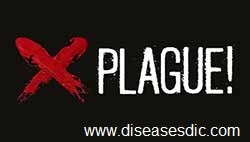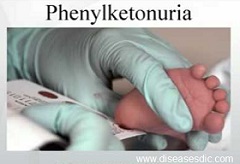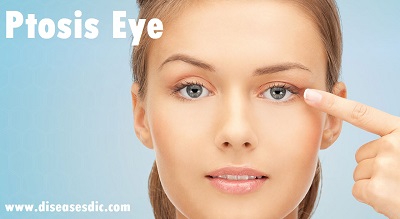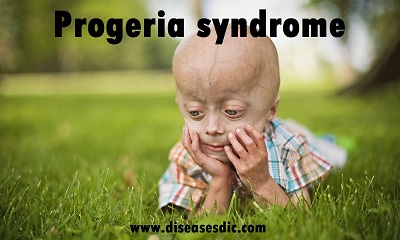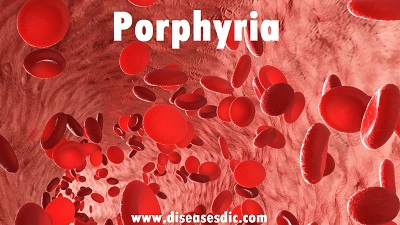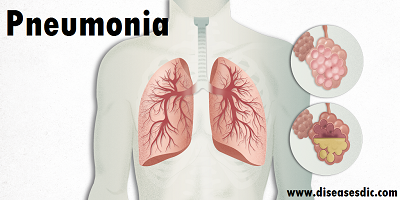Definition Premenstrual syndrome (PMS) is a combination of emotional, physical, psychological, and mood disturbances that occur after a woman’s ovulation, typically ending with the onset of her menstrual flow. The most common mood-related symptoms are irritability, depression, crying, oversensitivity, and mood swings. The most common physical symptoms are fatigue, bloating, …
Read More »Polycystic Ovary Syndrome – Epidemiology, Symptoms, and Treatment.
Definition Polycystic ovary syndrome (PCOS) is a condition in which a woman’s levels of the sex hormones estrogen and progesterone are out of balance. This leads to the growth of ovarian cysts (benign masses on the ovaries). PCOS can affect a women’s menstrual cycle, fertility, cardiac function, and appearance. Polycystic …
Read More »Plague: Definition, Manifestations and Treatment.
Definition Plague is an infectious disease caused by bacteria called Yersinia pestis. These bacteria are found mainly in rodents, particularly rats, and in the fleas that feed on them. Other animals and humans usually contract the bacteria from rodent or flea bites. SEM image of Yersinia pestis History Historically, it …
Read More »Phenylketonuria (PKU) – Causes, Treatment and Prevention.
Definition Phenylketonuria (PKU) is a rare, but potentially serious, inherited disorder. Our bodies break down protein in foods like meat and fish into amino acids, which are the “building blocks” of protein. These amino acids are then used to make our own proteins. Any amino acids that aren’t needed are …
Read More »Ptosis or Droopy Eye Lid: Risk Factors, Treatment and Prevention
Definition Ptosis is when the upper eyelid droops over the eye. The eyelid may droop just a little, or so much that it covers the pupil (the black dot at the center of your eye that lets light in). It can limit or even completely block normal vision. Children and …
Read More »Progeria Syndrome or Hutchinson-Gilford Progeria Syndrome (HGPS)
Definition Progeria or Hutchinson-Gilford Progeria Syndrome (HGPS) is an extremely rare genetic disorder which causes children to age rapidly. The first signs of this disorder can be seen as early as within two years of life of the child. When born, children with Hutchinson-Gilford Progeria Syndrome appear normal without any …
Read More »Porphyria: Risk factors, Causes, Treatment and Diagnosis
Definition Porphyria are a group of rare inherited blood disorders. People with these disorders do not make heme, a component of hemoglobin (protein in red blood cells that carries oxygen) properly. Heme is made of porphyrin (a naturally-occurring organic compound in the body) bound to iron. Heme helps red blood …
Read More »Pneumonia: Types, Causes, Symptoms and Treatment
Definition Pneumonia is an infection in one or both lungs. It can be caused by bacteria, viruses, or fungi. Bacterial pneumonia is the most common type in adults. Pneumonia causes inflammation in the air sacs in your lungs, which are called alveoli. The alveoli fill with fluid or pus, making …
Read More » Diseases Treatments Dictionary This is complete solution to read all diseases treatments Which covers Prevention, Causes, Symptoms, Medical Terms, Drugs, Prescription, Natural Remedies with cures and Treatments. Most of the common diseases were listed in names, split with categories.
Diseases Treatments Dictionary This is complete solution to read all diseases treatments Which covers Prevention, Causes, Symptoms, Medical Terms, Drugs, Prescription, Natural Remedies with cures and Treatments. Most of the common diseases were listed in names, split with categories.


